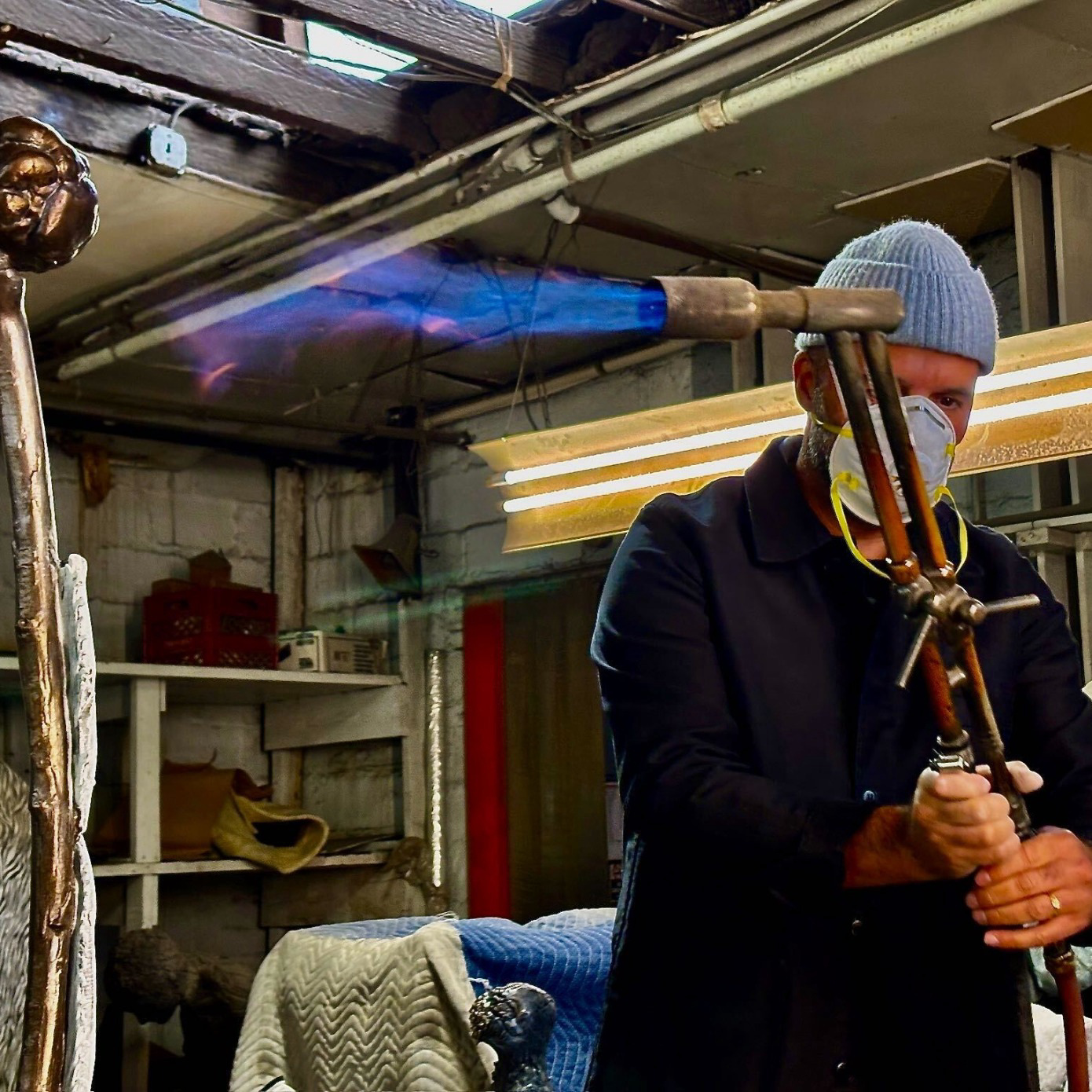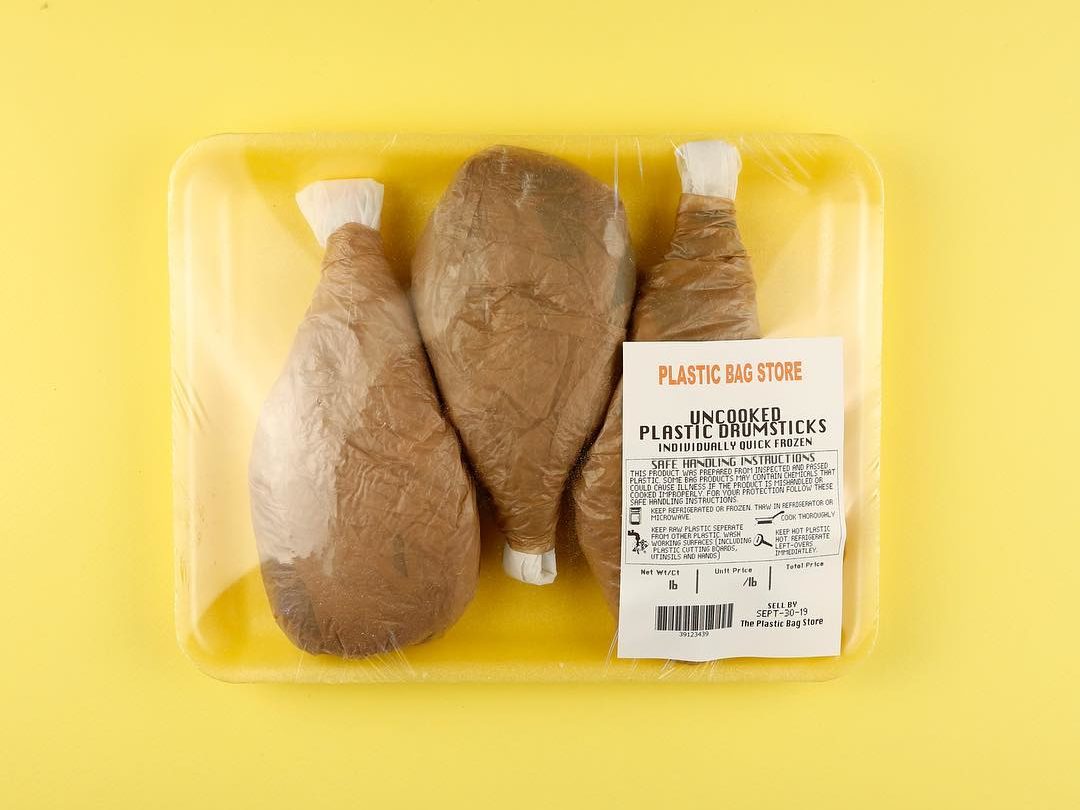
There are gaps all around New York, not the ones that landscape architects and developers are longing to fill but the human kind—absences. It makes small and large business owners alike wring their hands. In the United States, shops, restaurants and concert halls are all understaffed. The gig economy class came face to face with how little Uncle Sam, who owes his nephews and nieces everything, cares about their safety or income. Artists holding down bad freelance jobs realized they preferred to be in a studio full-time—or at the very least, in Berlin or Vienna, where the government helps make that possible. Waiters finally found the key to the golden handcuffs: It's a universal basic income.
Though president Joe Biden served the announcement like warm milk, the end of increased unemployment benefits will send a shock through creative bodies for years to come. The forecast predicts an unprecedented storm headed towards an already weakened financial shelter. Where will artists end up in the wake?
Very few nonprofits are set up to think about these global threats to the cultural community at large let alone tackle them. However, it is also in this rarefied echelon that you find superheroes. Enter Creative Capital, a national grassroots-based mentorship and funding mechanism for artists, run by artists. Only twenty years old, Creative Capital has, in its short tenure, become a tentpole grant-maker for the arts and an open-call, rolling admissions model upon which new organizations build out their own architecture.
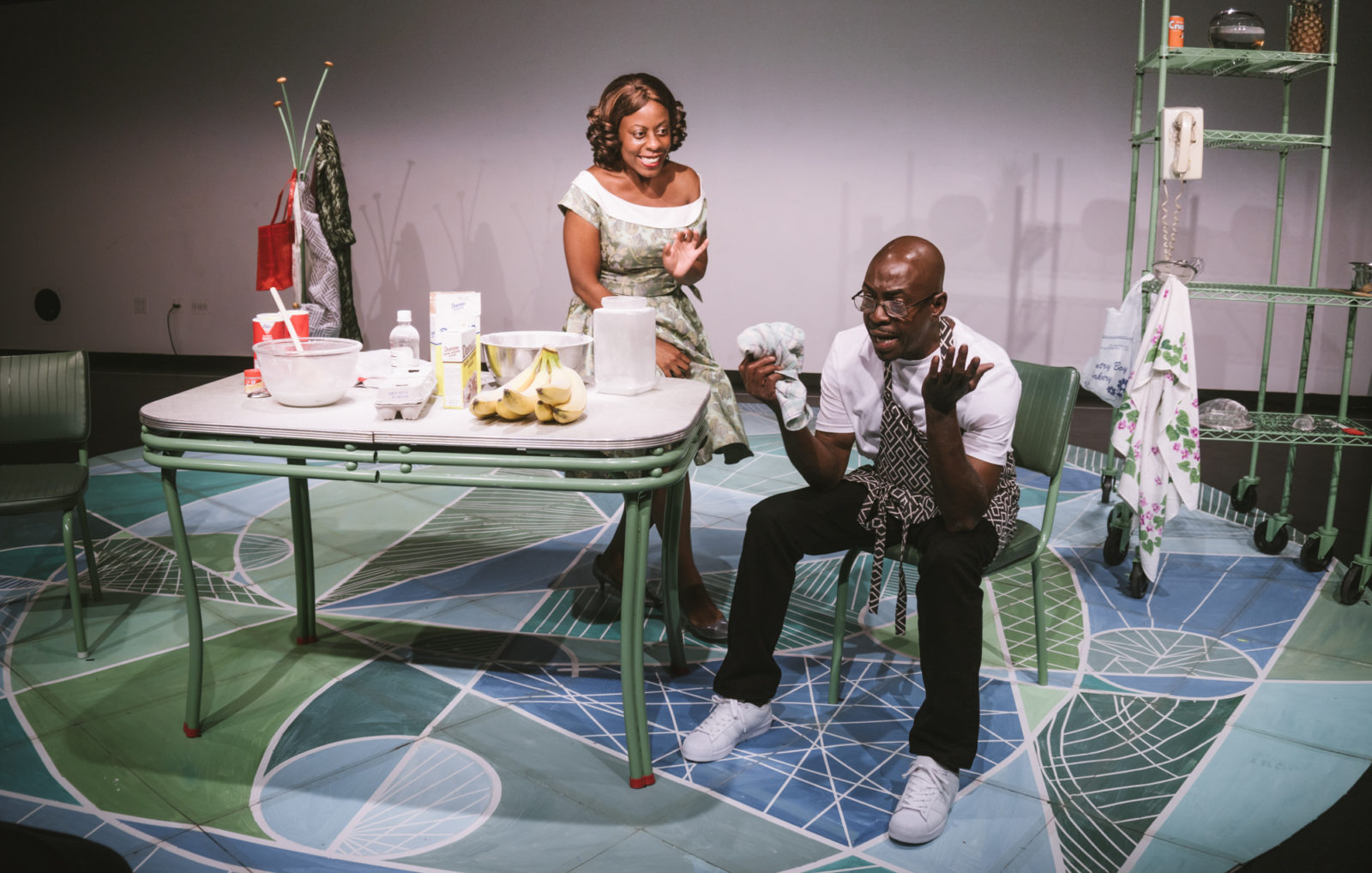
President and executive director Christine Kuan, sees Creative Capital’s national success in direct correlation with the unique pay-it-forward attitude it fosters. Grantees tend to stay engaged long after their checks and responsibilities run out. This infectious pay-it-forward attitude in turn scaffolds the organization and ensures its slow and steady expansion as a force for good in the scorched landscape of cultural funding. Kuan credits Creative Capital’s foundation: a call to independent arms during the culture wars of the 1990s and subsequent defunding of American cultural institutions and its ongoing commitment to keeping artists centered at every level of development. “It takes a pandemic to show that traditional methodologies don’t always serve us in real time,” Kuan says. “The artists are really creative problem solvers. Artists are interested in looking at problems from multiple angles and this makes them a critical asset during a crisis. I think the larger issues facing all of humanity are about the sustainability of the way that we are, the way our systems work. And if we think the problems of our society and the health of this planet are technological and not cultural, we're missing the boat because these are all questions of values.”
Kuan revises our post-COVID question. Instead of what will happen to artists, maybe we should ask what will happen without them?
The purchase that Creative Capital affords individual artists within the organization makes it easy to want to see through collective visions. Dialogue between different parties is not only the content of Creative Capital’s daily activity but key to its methodology, as longtime member and former grantee Annie Han tells me. Since receiving a grant to complete a landmark piece with her architecture firm, Han has felt heard by the institution. The feedback she shares in meetings is held onto and put into action. This mutual trust has kept Han coming back. She is now the chair of the board, a position she would never have imagined for herself before, but at Creative Capital, feels like a second nature responsibility.
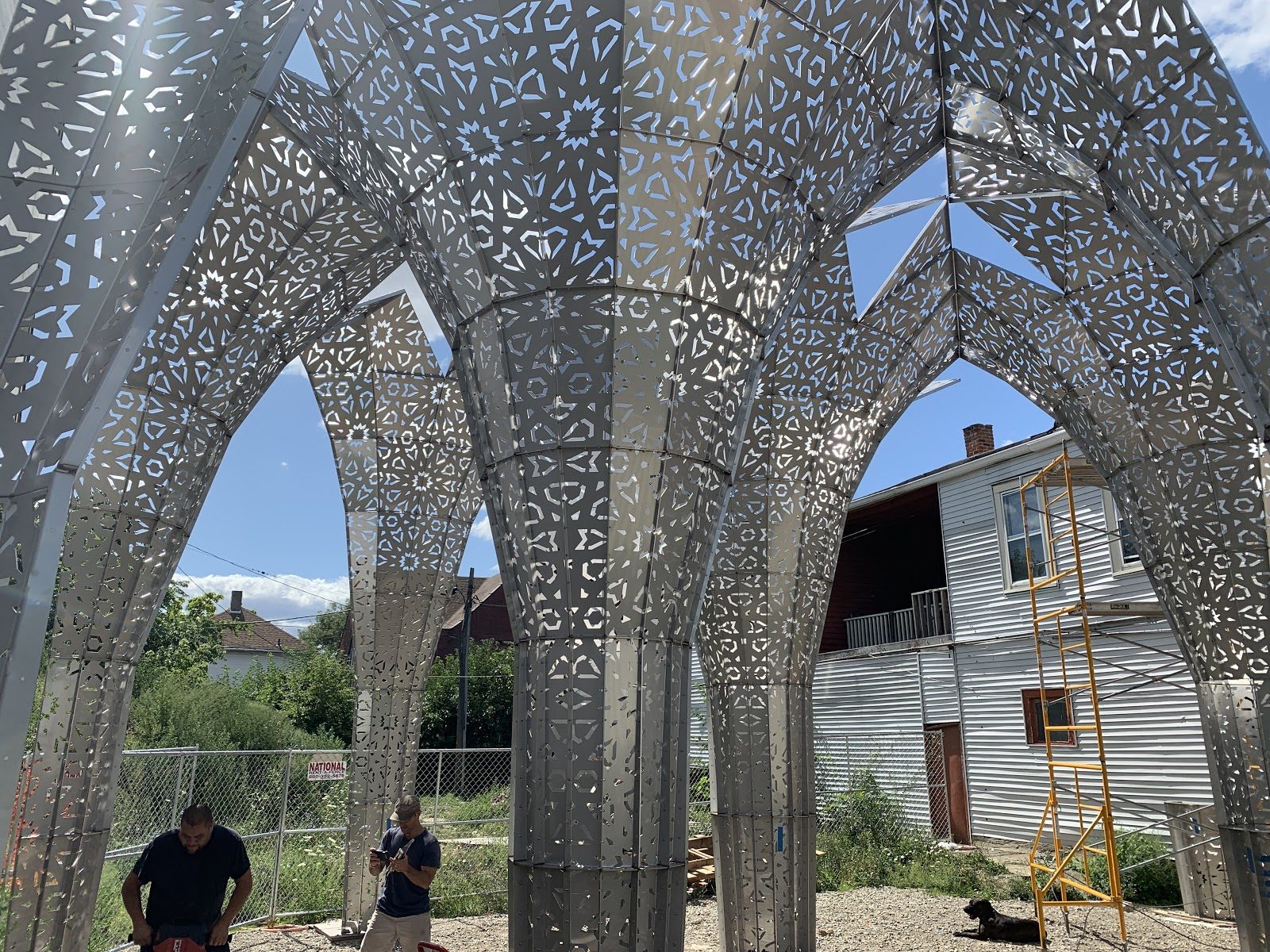
Han is also the person who lays out just how Creative Capital was able to stave off the brunt of the pandemic through its decades of investment in establishing locally chaptered but nationally connected communities. To correct the urban skew of organization's open call format, resources were assigned to the construction and maintenance of local field leaders who encourage their submission outside the forcefield of the city. It is with pride that members of Creative Capital share the number of states and territories from which they received proposals this year. A holistic picture of America is essential to the nonprofit’s ethos.
“The question we find ourselves asking at Creative Capital is about where aid is best spent as it relates to the projects we submit,” Han says. What are the biggest issues facing artists at the moment? Eviction, the rising cost of materials and living, Han explains, but there is also a rising deficit for spaces to perform and exhibit in—a problem exacerbated by pandemic programming congestion. Therefore, the Creative Capital mentorship program offers awardees cash and the chance to participate in personal development programs. Hasan Elahi, also a grantee turned board member, sees this as the organization’s strength because it allows the network to evolve organically and offer ongoing services that naturally bring people back to the table to share information. These were the same conversations that kept Elahi involved early on.
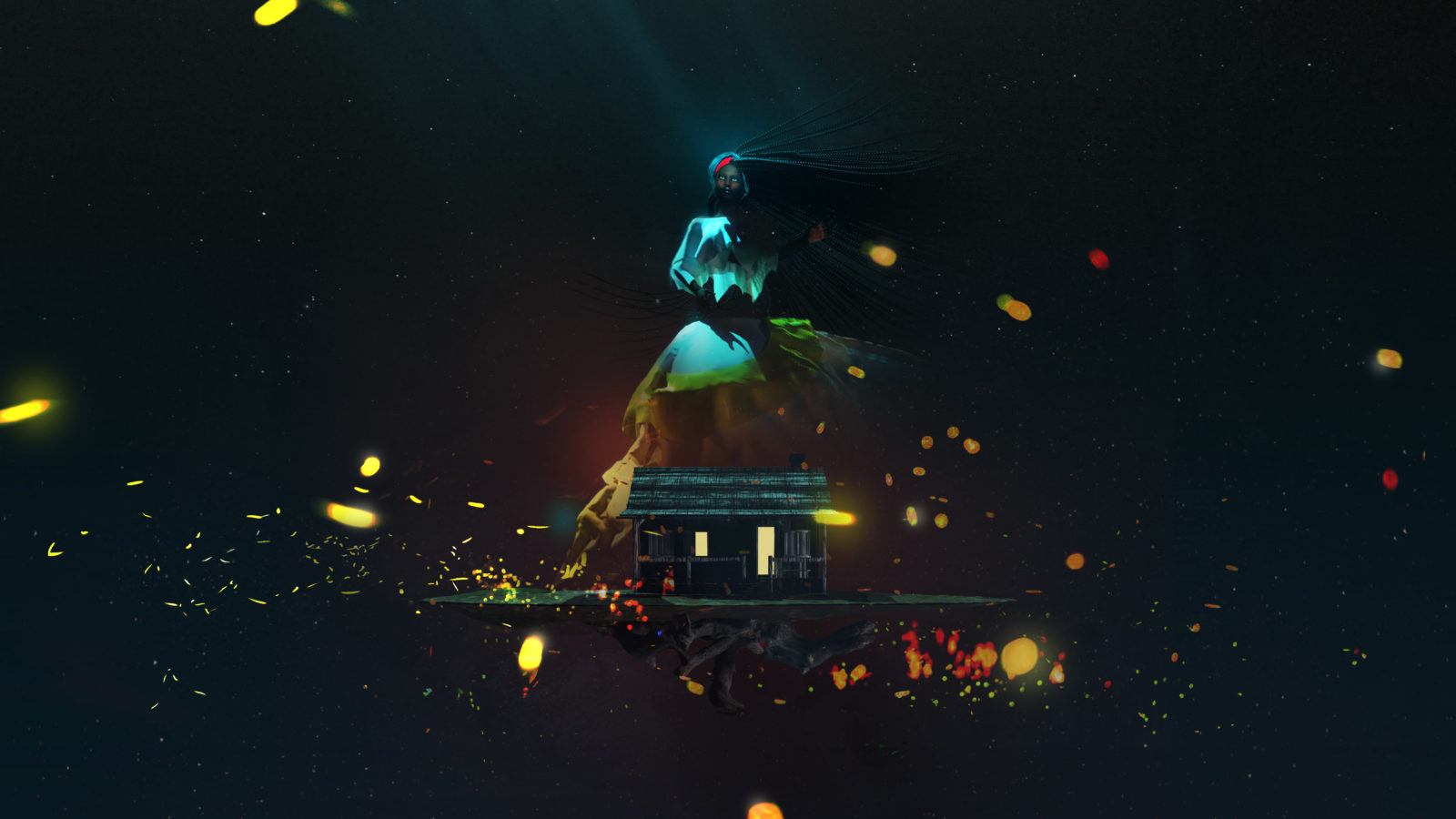
If there are lessons to glean perhaps it is Creative Capital’s ingenious simplicity and the thoughtful way its mission is fulfilled. Artists are centered. They drive the conversations which in turn makes it an attractive community to be a part of. The community organically expands as its members drive growth according to their interests. In investing broadly, Creative Capital has ensured it is stacked with the best minds in the country and that these individuals can communicate information and wisdom freely without relying on the city’s resources. This is what makes it possible for Creative Capital to help other nonprofits corral emergency relief funds while keeping up with an ambitious schedule of virtual engagement during the pandemic The nonprofit was awake when the philanthropists were too scared to leave bed, providing an umbrella for the first wave and hope for this new chapter where once again we are being thrown collectively into uncharted territories. Who better than artists to be the guides for how we reimagine resource distribution and ourselves?
A reminder those looking to get involved need only to apply. Creative Capital's door is always open to new ideas.
Craving more culture? Sign up to receive the Cultured newsletter, a biweekly guide to what’s new and what’s next in art, architecture, design and more.

